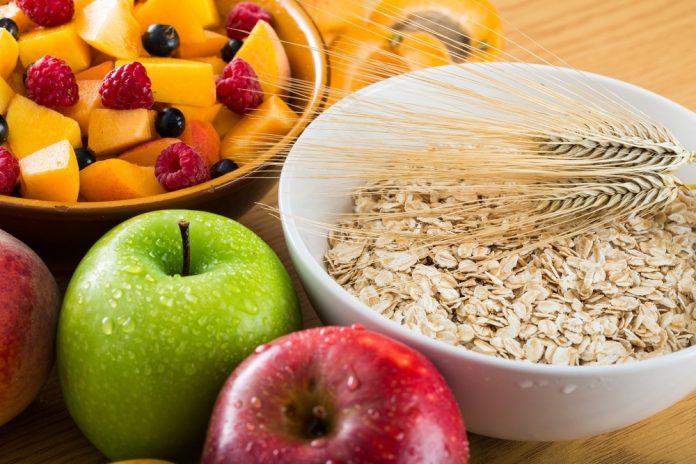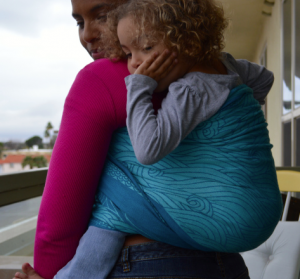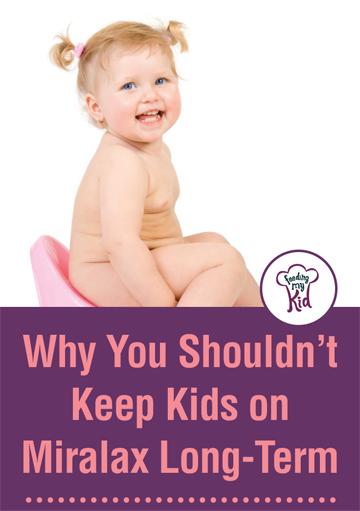 Early childhood constipation is reaching epidemic proportions. So many children are taking Miralax on a daily basis over the course of weeks, months, or even years. This is following advice given by their pediatricians and GI specialists. So what are the causes of constipation? More importantly, how can we address and resolve it in a more natural way?
Early childhood constipation is reaching epidemic proportions. So many children are taking Miralax on a daily basis over the course of weeks, months, or even years. This is following advice given by their pediatricians and GI specialists. So what are the causes of constipation? More importantly, how can we address and resolve it in a more natural way?
What is Constipation?
Constipation is delayed or painful bowel movements. A person, regardless of age, should have at least one bowel movement per day. Infants tend to have movements more often.
You may have cause for concern if your child is producing hard, pellet-like movements, or bowel movements with a consistency similar to clay balls. You will want to investigate further if your child arches their back or cries while having a bowel movement.
For More About Constipation, Check Out:
- High Fiber Foods To Beat Constipation In Kids
- How To Get Kids To Poop
- How to Help Kids Overcome Constipation. Top Tips!
Causes of Constipation in Infants
Infant causes of constipation are often related to a food intolerance, like dairy. This can affect the baby either through the mother’s milk or through infant formula. Removing 100% of the dairy from the mother’s diet for two to three weeks will often resolve the issue. You can work with a nutrition professional to help remove dairy safely, to ensure your child still gets adequate calcium, protein, fat, and vitamin D, and to learn where dairy is hidden in foods.
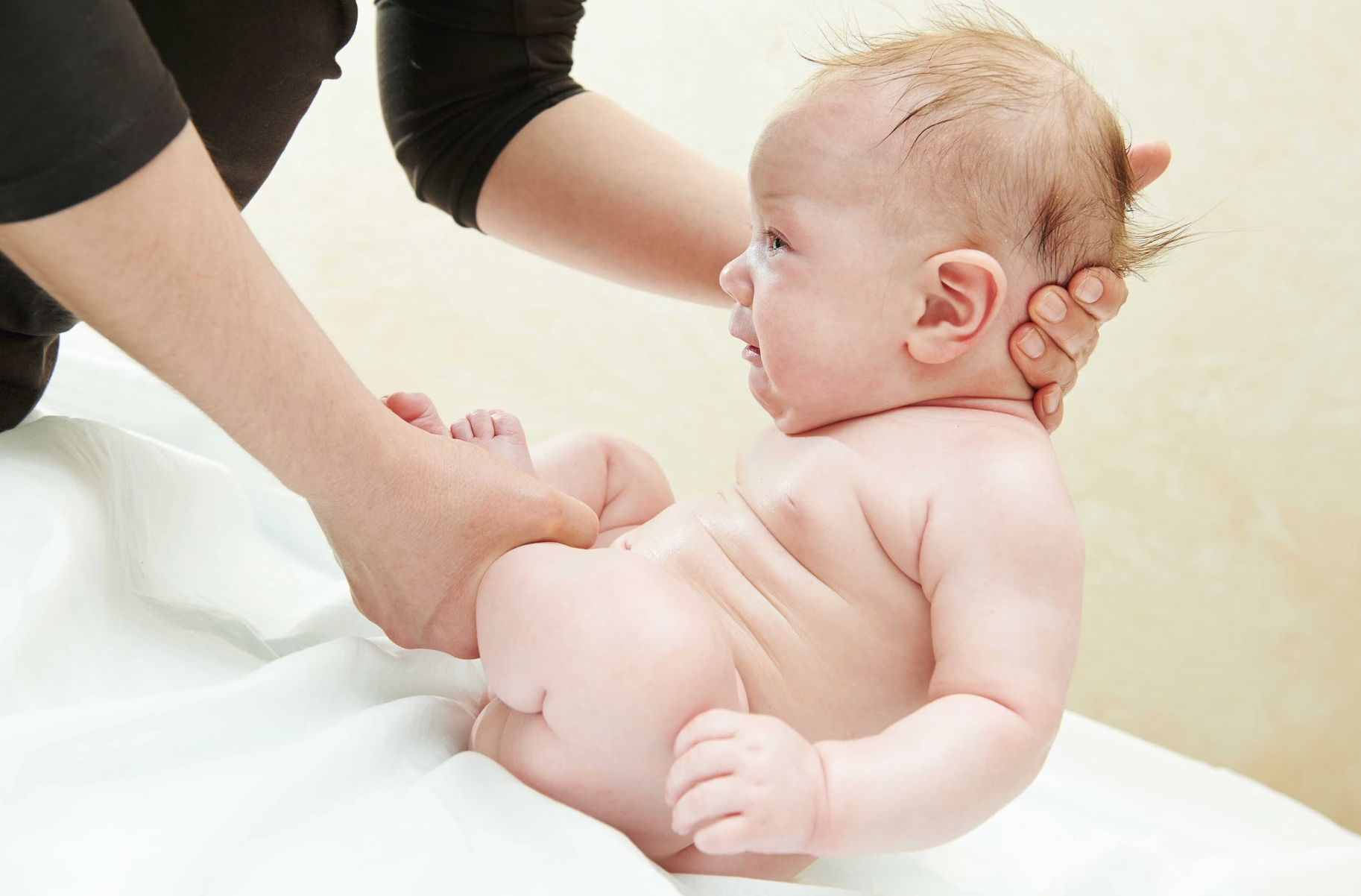 If at the end of a trial dairy elimination, the constipation is not resolved, you may consider working with a nutrition professional to help identify the cause. There can be a variety of causes of constipation.
If at the end of a trial dairy elimination, the constipation is not resolved, you may consider working with a nutrition professional to help identify the cause. There can be a variety of causes of constipation.
Constipation often occurs during the initial introduction to solid foods. Solid food introduction should happen slowly, allowing for the child’s system to acclimate to the new foods. It is not necessary to begin with rice cereal, as that is a low-fiber food and can be binding. Many prefer to start food introduction with fruits and vegetables rather than the traditional baby cereals. For more information on my preferred method of food introduction, baby-led weaning, check out this video.
Causes of Constipation In Toddlers
The causes of constipation in a toddler can be caused by a number of factors: food sensitivity, low fiber diet, poor hydration, or a diet high in binding foods such as bananas, rice (rice cereal), applesauce, bread, and pasta.
You want to find foods high in fiber. Since fiber is indigestible, it helps push substances out of the body. The more fiber in your child’s diet, the more your child will use the restroom and the less concerned you’ll be about your child developing constipation or constipation-like symptoms.
Not sure how much fiber your child should be getting?
How Much Fiber Does Your Child Need?
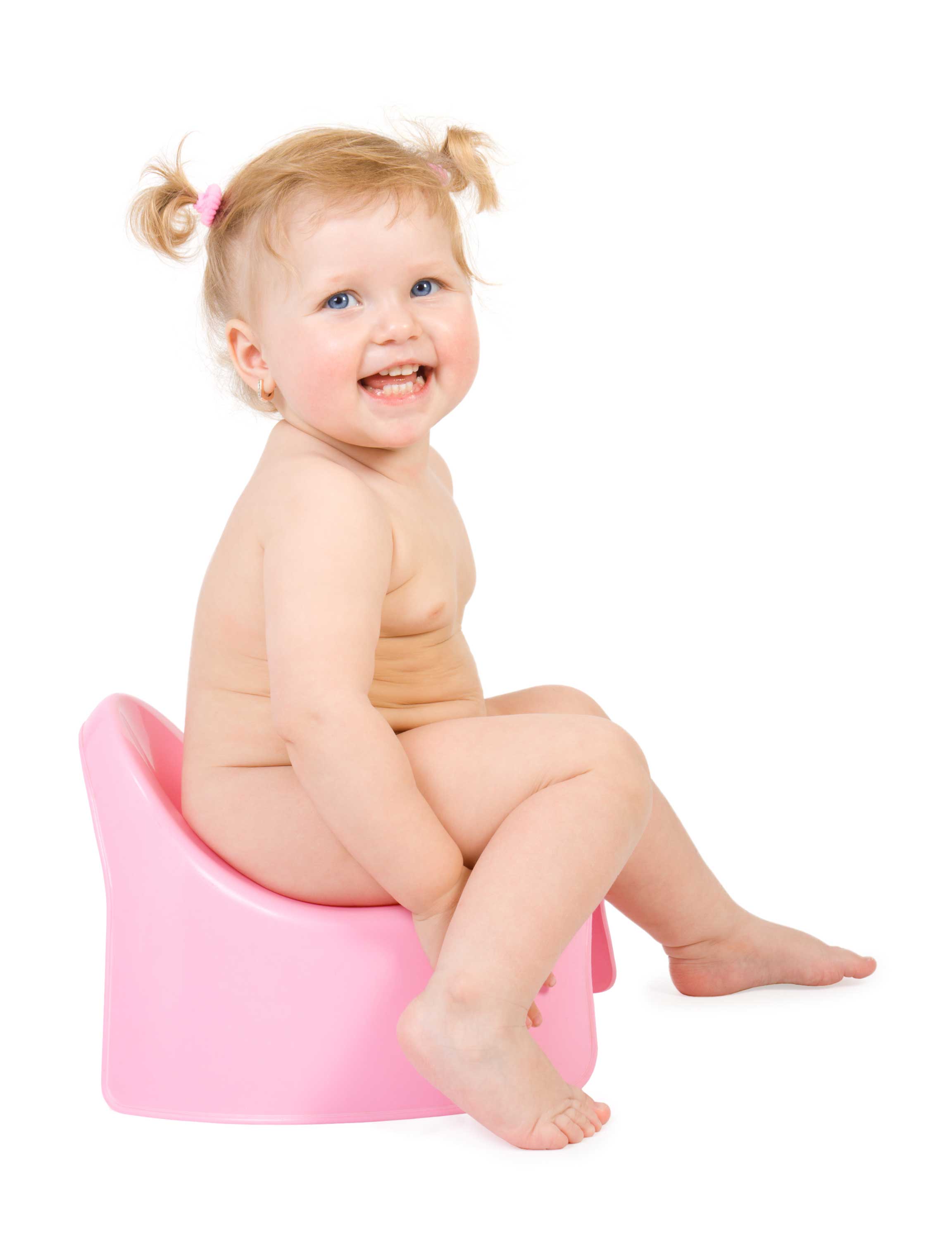 Take their age and add 5; a 2-year-old child should get 7 grams of fiber per day. A serving of fruit and multiple servings of vegetables each day can help ensure adequate fiber in the diet. Not getting enough fiber may be one of the causes of constipation in your child.
Take their age and add 5; a 2-year-old child should get 7 grams of fiber per day. A serving of fruit and multiple servings of vegetables each day can help ensure adequate fiber in the diet. Not getting enough fiber may be one of the causes of constipation in your child.
I’m not a fan of “hiding” vegetables in foods, but incorporating them in unexpected places is a little different. What’s the difference? Getting your kids in the kitchen is a great way to get them involved and interested in preparing and eating new foods. If you make these chocolate zucchini muffins while involving your kids, by mixing, adding ingredients and spooning the batter into the muffin cups, you can incorporate a vegetable without “hiding” it.
As an added bonus, your children are more likely to be interested in eating this delicious baked parmesan zucchini after meeting our oblong green friend while making the muffins.
For more information on healthy ways to improve your child’s selective disposition (fancy way of saying picky eating), check out this article.
Need a couple of other delicious, nutritious and high fiber snack ideas?
Try crunchy roasted chickpeas! Do your kids like chips? How about crunchy veggie chips? Or coconut chia seed pudding. Roasted vegetables take on a sweet taste as their natural sugars caramelize. Try these delicious roasted beets — just have a few wipes handy! Have a pumpkin craving? Try this pumpkin pie oatmeal. And my personal favorite, which has been flying off the baking pan in my house, peanut butter cookies (made from garbanzo beans — seriously, trust me). For a few more ideas, here is an article on newborn care — good information for anyone trying to find a few easy ways to improve their diet.
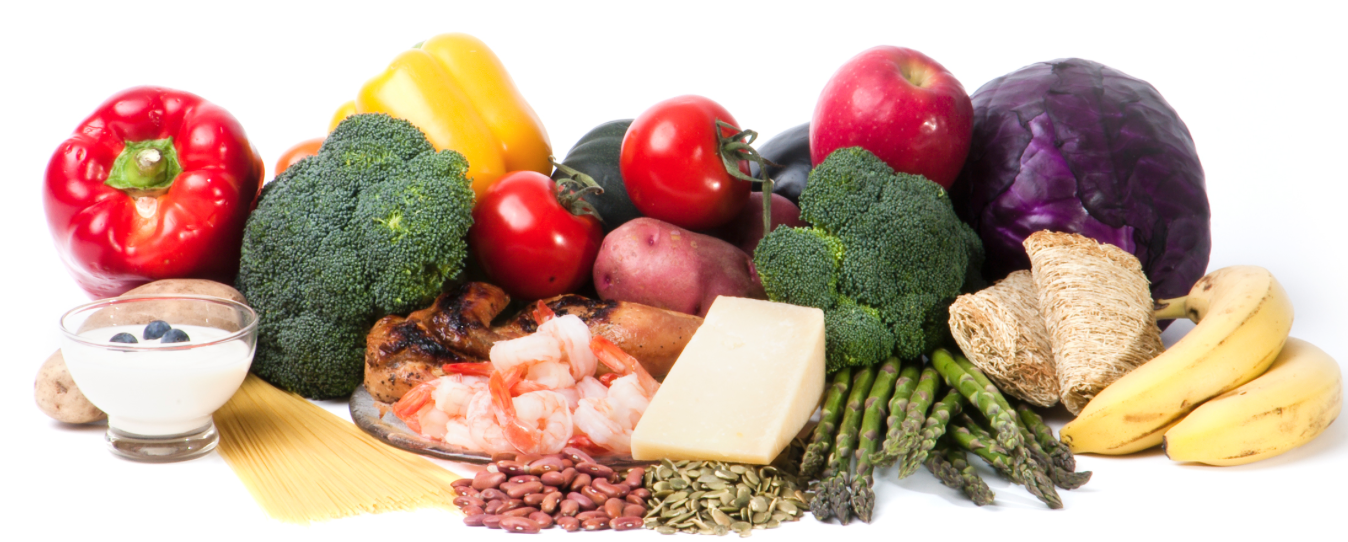
The Concern for Miralax
Miralax, or the generic polyethylene glycol 3350 (PEG 3350) laxative, is being prescribed for children at an alarming rate. Toddlers are being prescribed daily doses for months, or even years, at a time. This is really astounding since the directions on the bottle say that the product is intended for adults 17 years and older, and not for more than 7 days.
Late last year (September 2015), a grant of $325,000 was awarded to The Children’s Hospital of Philadelphia to study absorption of PEG 3350 in the very young and whether the use of the laxatives might be linked to the development of psychiatric problems. (See this NY Times article for more information.)
There has been concern among some parents that PEG 3350 might be addictive. The drug itself is not physically addictive, meaning that when the use of the drug is discontinued the body can resume it’s normal behavior without withdrawal symptoms. But when you have a small child, possibly close to potty training age, there could be a mental association that will be difficult to break. If you’re considering discontinuing use of a laxative with your child, I strongly recommend doing so before attempting potty training so that the child knows how to listen to his or her body cues and react appropriately.
Some More Natural Solutions
Increase fiber in the diet by increasing the number of plants and greens on the plate. You can also include ½ tsp of unprocessed bran each day by mixing it into oatmeal or baked products, such as these delicious carrot muffins.
Smoothies
Smoothies are a great way to incorporate fruits and vegetables into you or your child’s diet. Try adding a tablespoon of flax oil in your child’s daily smoothie to help get things moving.
More water
Help your child drink more water by keeping a full water cup on hand at all times (and a backup or three). If your child isn’t interested in plain water, they may like water with ice cubes. Or water with whole strawberries or lemon slices. I’m not a fan of fruit juice in a diet in general, but using 2-4 oz of apple, pear, or prune juice to help ease constipation may be appropriate for your child.
Probiotics
If I were a cheerleader, it wouldn’t be for a football team, it would be for probiotics. Adding a probiotic to your regimen is appropriate if you are an infant, senior citizen, and all ages in between. It’s appropriate if you have had any tummy upsets, a cold, or a paper cut (ok, a little dramatic there… maybe). My favorite probiotic for kids is Klaire Labs Infant Formula. You can read more about probiotics and probiotic foods.
Babywearing
Babywearing can help ease constipation by putting the child in an advantageous position for cueing the body. “Squatting is the preferred position for having a bowel movement and proper babywearing mimics this with upright spread squat positioning [similar to the position encouraged by the use of the ground-level toilet training seats.” LaKeta Kemp of Tandem Trouble. You can also find many tutorials on safe babywearing on TandemTrouble.com.
Massage Abdomen
“Massage can help with many tummy issues, including constipation. Massaging the tummy area relaxes the abdominal muscles, often easing the strain that is caused by constipation. Additionally, massage can stimulate peristalsis, or the contractions of the digestive tract, to help get a blockage moving again and provide relief. It is important for massage techniques that target the colon to move in a clockwise direction to coincide with the natural direction of the waste in the colon,” said Michelle Cordero of East Valley Infant Massage.
My Child is Afraid to Poop!
Information in this section thanks to an interview with Dr. Daniel Kessler. You can find out more about Dr. Daniel Kessler. Another one of the causes of constipation is that the child is afraid to poop.
Encopresis involves children who are not having regular bowel movements. This could be from anxiety related to using the toilet in general, to using toilet facilities outside the home, to pain upon evacuation, or to other related reasons.
Once the pattern of incomplete evacuation is set up, it can cause significant abdominal discomfort, decreased feeding and can lead to significant disruptions in the child’s emotional well-being and parent-child interactions. The anxiety needs to be addressed with the appropriate professional through therapy.
Sometimes, when a child has painful bowel movements, it can turn into a cycle. The stool can accumulate in the large intestine, where water is removed. This causes the colon to become distended, diminishing the ability of the colon’s muscles and nerves to function appropriately, resulting in a backlog of large, dried stools which are painful to pass, reinforcing the whole cycle.
At that point, diet alone isn’t sufficient, and medication may be necessary. Dosage must be adjusted, with the help of a doctor, in order to release that blockage. An enema may be necessary in order to fully release the blockage, followed by change in diet to soften stools (as described above), followed by a pattern of sitting on the toilet during common elimination times (after breakfast and dinner) in order to rebuild colon muscle, which happens naturally with regular use.
When To Be Concerned
Constipation can be caused by some minor, and easy to fix problems. But it could also be a sign of something a little more serious. If constipation is accompanied by vomiting, bleeding, abdominal pain, or bloating, please contact your doctor.
And be sure to start a conversation on Constipation on our topic board: Constipation and how to fix it!

